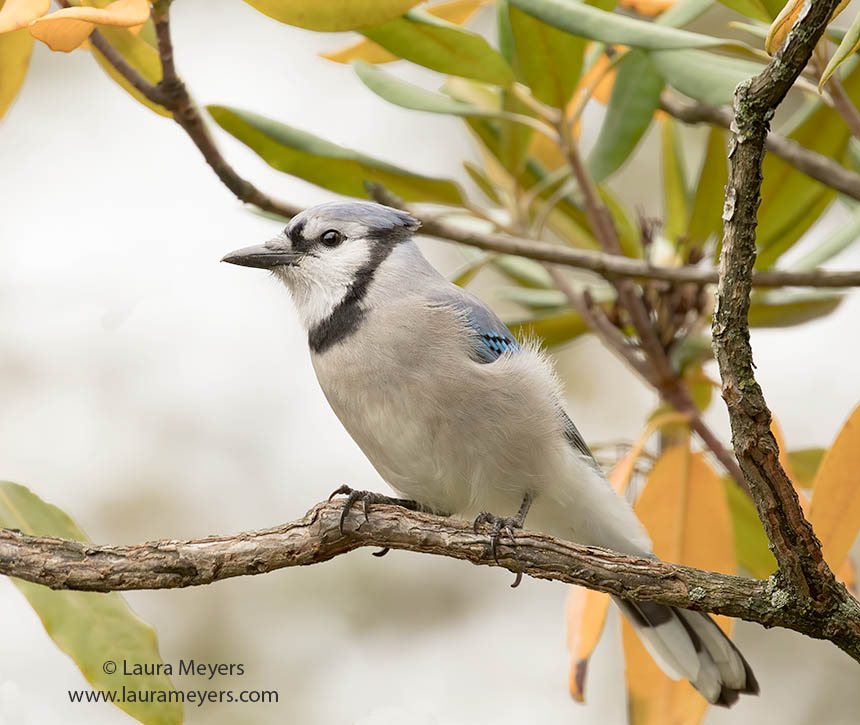
The photograph of this Blue Jay in a Tree was photographed at Green-wood Cemetery in Brooklyn New York. The black bridle across the face, nape, and throat varies extensively and may help Blue Jays recognize one another.

The photograph of this Blue Jay in a Tree was photographed at Green-wood Cemetery in Brooklyn New York. The black bridle across the face, nape, and throat varies extensively and may help Blue Jays recognize one another.
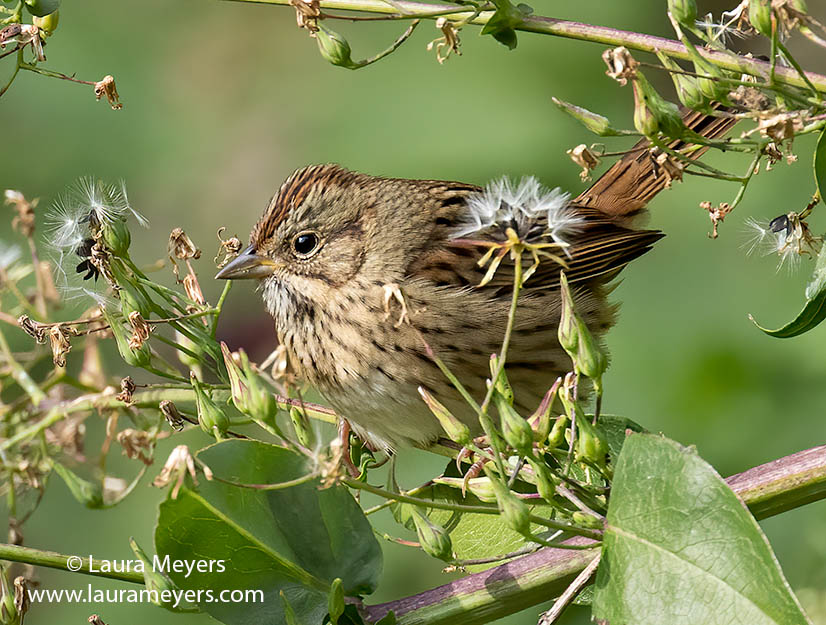
The photograph of this pretty Lincoln’s Sparrow on Thistle was photographed at Green-wood Cemetery in Brooklyn New York.
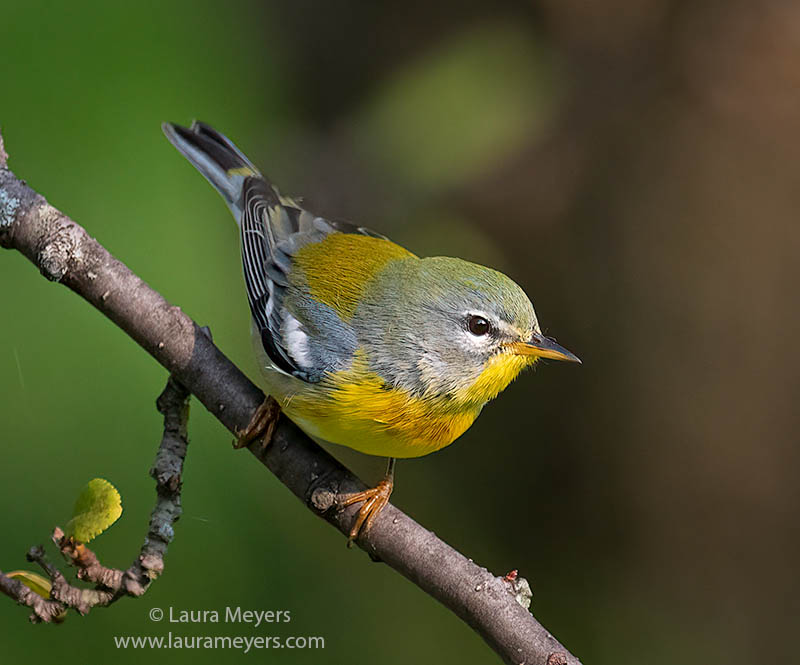
The picture of this Northern Parula Warbler was photographed in Green-wood Cemetery in Brooklyn New York during Fall Migration. They tend to flutter around at the tips of branches quickly plucking insects or reaching out to grab prey.
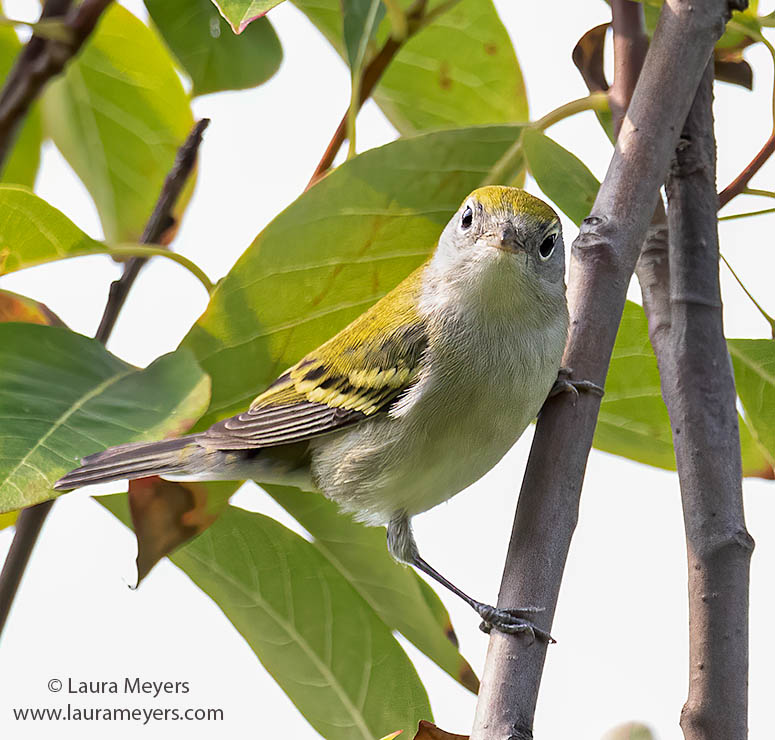
The picture of this Chestnut-sided Warbler Fall was photographed at Green-wood Cemetery in Brooklyn, New York. The Chestnut-sided Warbler sings two basic songs: one is accented at the end (the pleased-to-meetcha song), and the other is not.
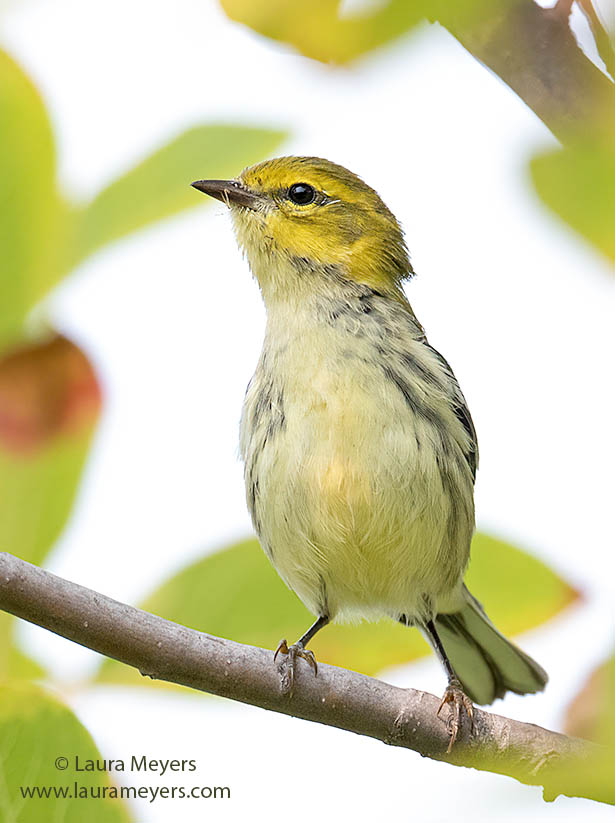
The picture of this Black-throated Green Warbler during fall migration was photographed at Green-wood Cemetery in Brooklyn, New York. Many bird watchers know its distinctive and persistent song, sometimes transcribed as trees trees I love trees, that’s easy to remember.
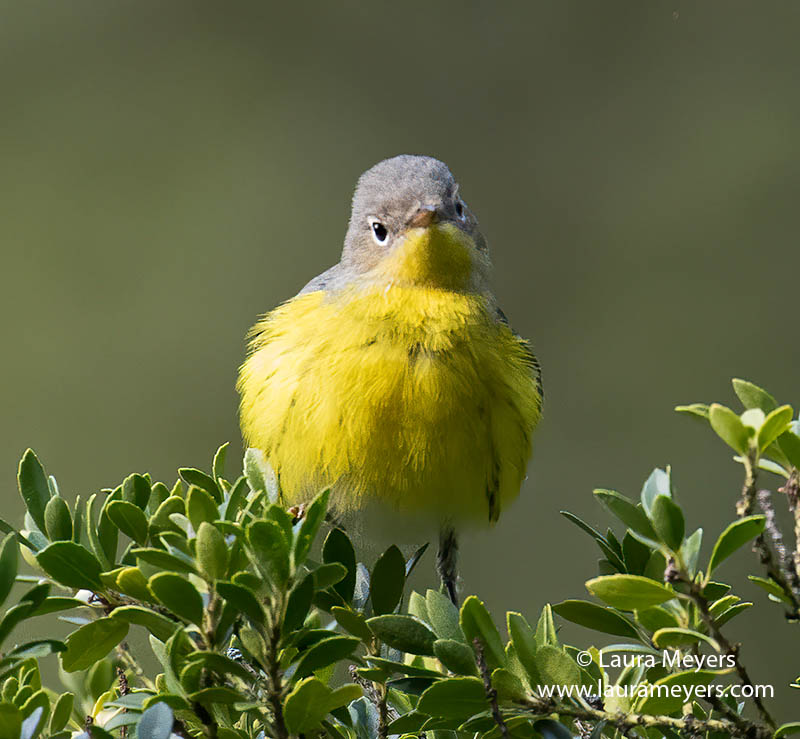
The picture of this Magnolia Warbler was photographed at Green-wood Cemetery in Brooklyn New York.
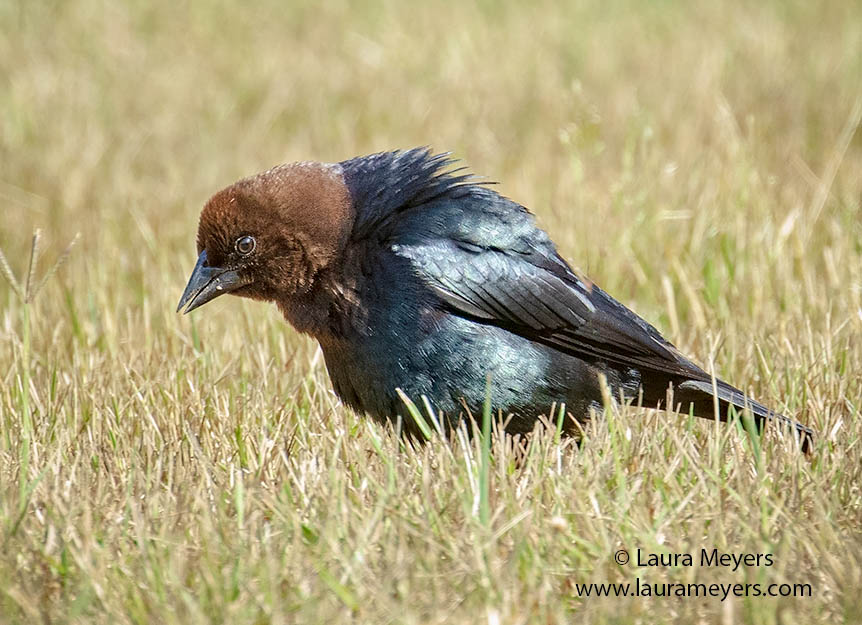
The picture of this Brown-headed Cowbird in the grass was photographed at Green-wood Cemetery in Brooklyn, New York. Brown-headed Cowbirds feed mostly on seeds from grasses and weeds, with some crop grains. Insects such as grasshoppers and beetles, often caught as cows and horses stir them into movement, make up about a quarter of a cowbird’s diet.
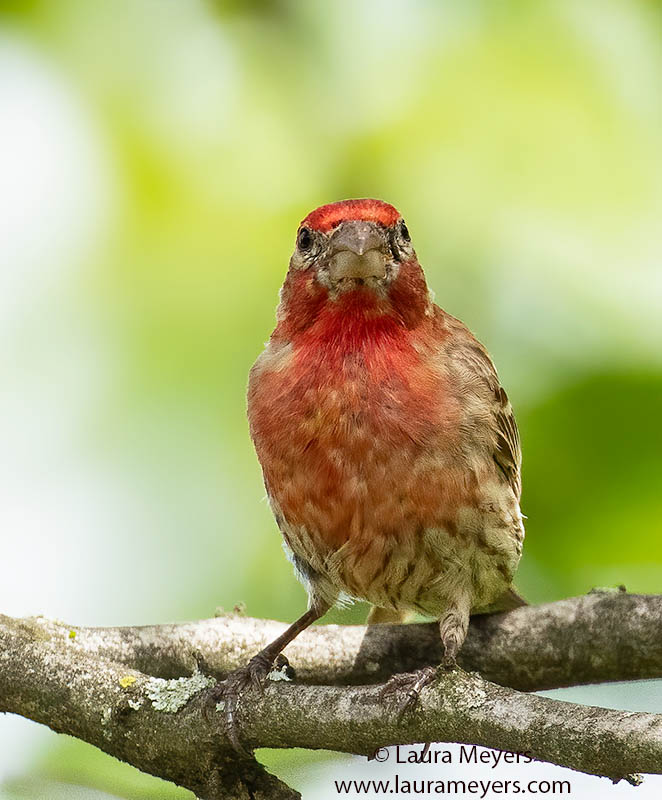
The picture of this handsome Male House Finch on a branch was photographed at Green-wood Cemetery in Brooklyn, New York. You can find House Finches by looking around settled habitats, such as city parks, urban centers, residential backyards, farms, and forest edges.
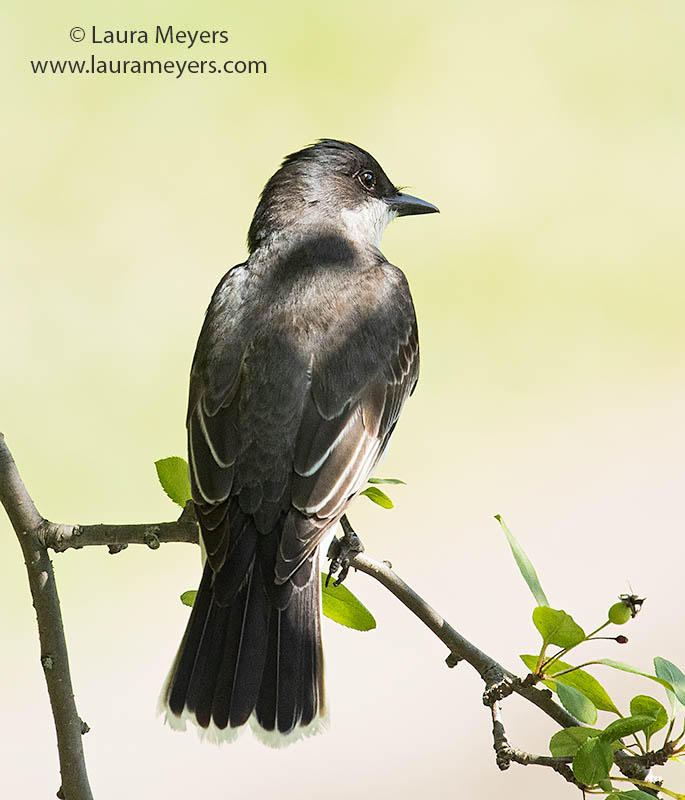
The Eastern Kingbird is a sturdy, medium-sized songbird with a large head, upright posture, square-tipped tail, and a relatively short, straight bill.
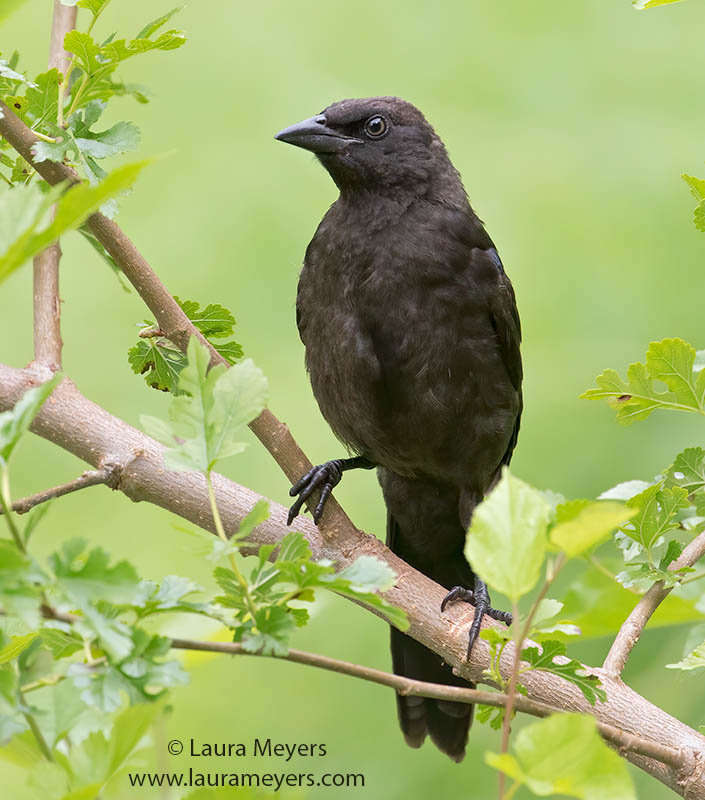
The picture of this Immature Common Grackle was photographed in Green-wood Cemetery in Brooklyn. Immature Common Grackles are more brown and not glossy with darker eyes than adults.
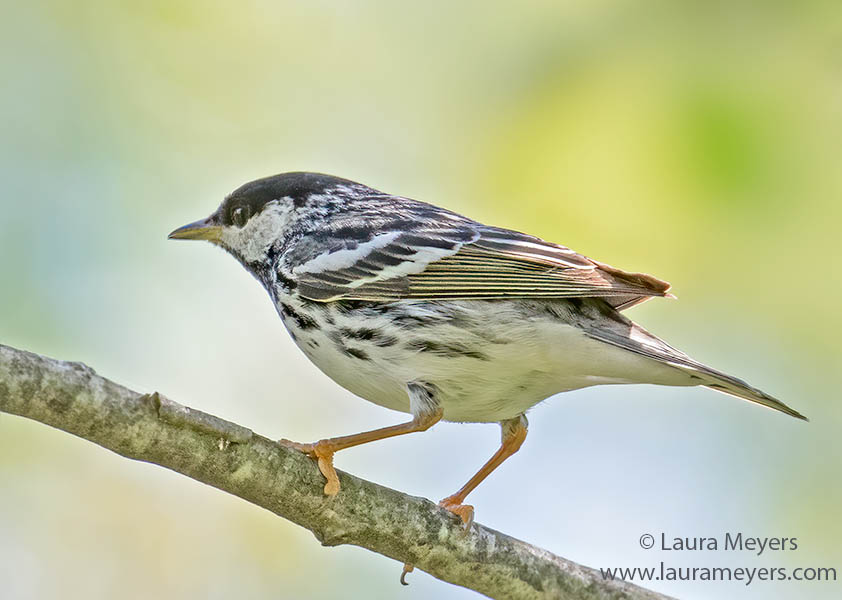
The picture of this Male Blackpoll Warbler in breeding plumage was photographed at the Jamaica Bay Wildlife Refuge in Queens New York. These birds breed so far north that the best times for most people to see them are in spring and fall, as they migrate through North America.
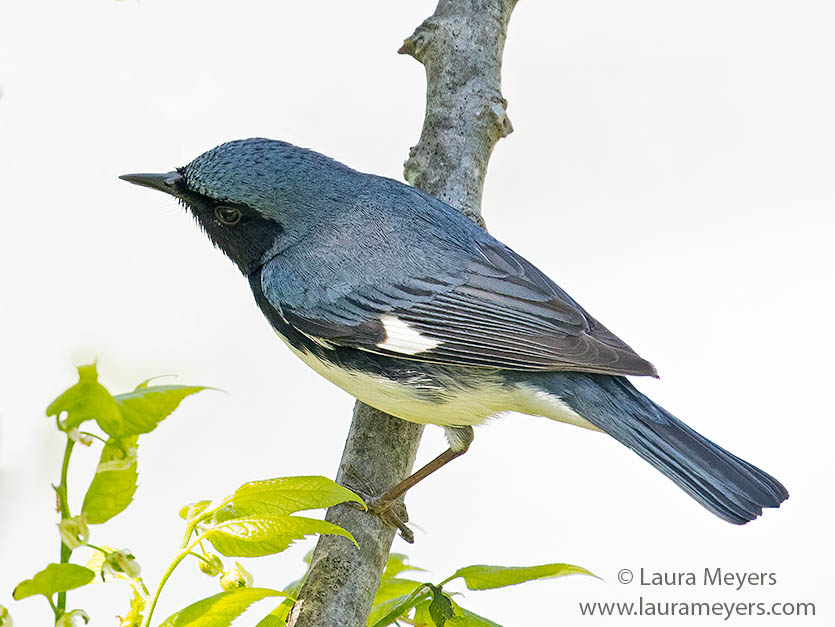
The picture of the Black-throated Blue Warbler was photographed at the Jamaica Bay Wildlife Refuge in Queens New York. Unlike other warblers that molt into “confusing fall plumage,” male Black-throated Blue Warblers keep their distinctive black-and-blue plumage year-round.
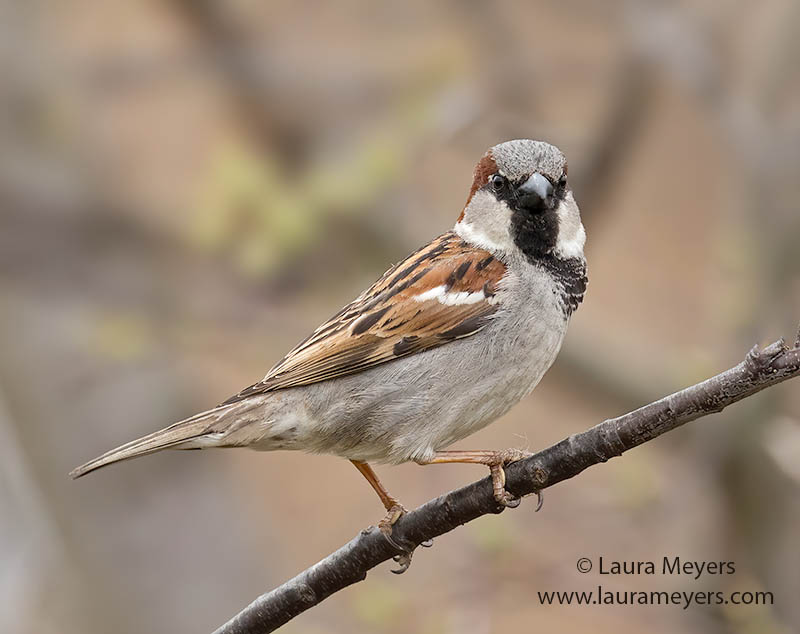
The picture of this Male House Sparrow was photographed at the Jamaica Bay Wildlife Refuge in Queens New York. House Sparrows in flocks have a pecking order. Males with larger patches of black tend to be older and dominant over males with less black.
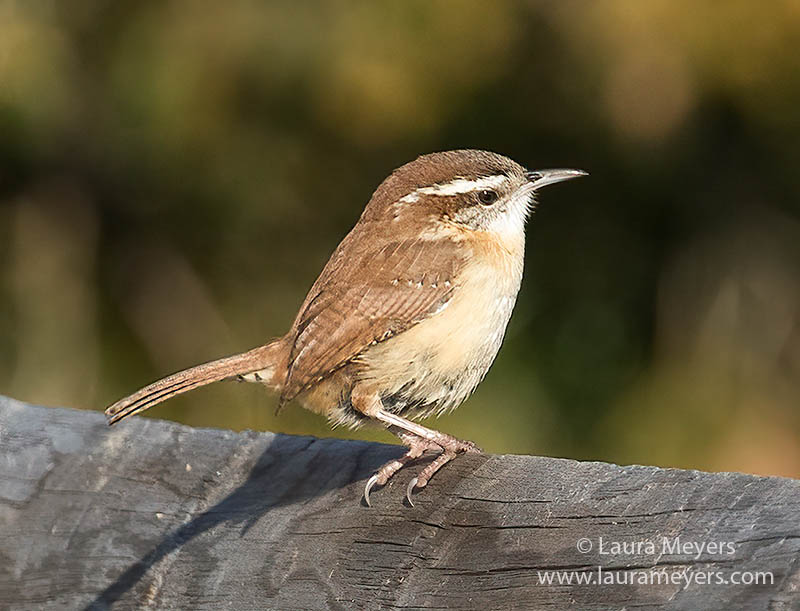
The picture of this Carolina Wren on a fence was photographed at the Forsythe National Wildlife Refuge in New Jersey. Carolina Wrens love to move low through tangled understory; they frequent backyard brush piles and areas choked with vines and bushes.
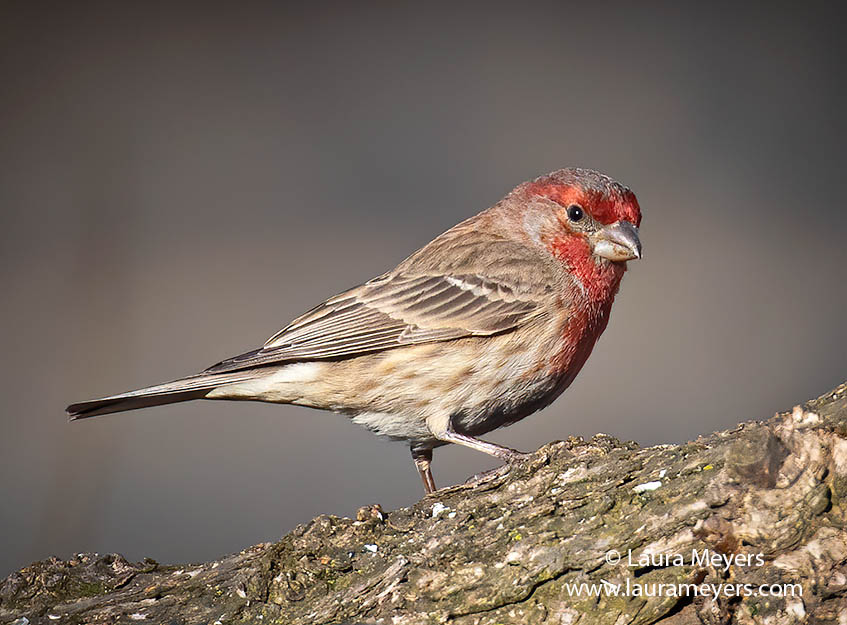
The picture of this Male House Finch on Branch was taken at the Green-wood Cemetery in Brooklyn New York. The red of a male House Finch comes from pigments contained in its food during molt.